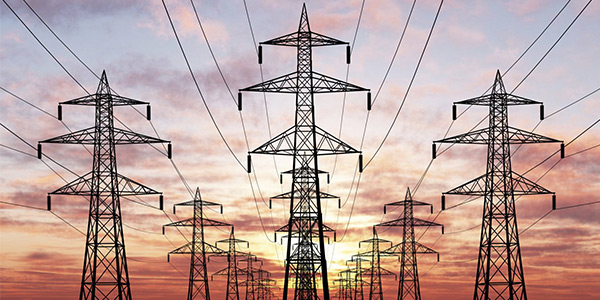Two environmental advocacy coalitions are combining forces on an initiative to build support for expanding, upgrading and stitching together the nation’s transmission grid to bring renewable energy to high-demand urban centers.
The American Council on Renewable Energy (ACORE) and Americans for a Clean Energy Grid (ACEG) on Tuesday said their Macro Grid Initiative would push for transmission allowing the U.S. to “harness its abundant renewable resources and balance electric demand across the country.”
The Macro Grid Initiative will undertake “wide-ranging” educational efforts supporting transmission expansion and recognizing the “substantial” benefits of new regional and interregional transmission. ACORE and ACEG said this can be accomplished by connecting grid regions like MISO, PJM and SPP.
The 15 states between the Rocky Mountains and Mississippi account for 88% of the nation’s wind technical potential and 56% of solar technical potential, the organizations said. However, the region is home to only about 30% of the expected electricity demand in 2050.
ACORE CEO Gregory Wetstone called for improving the nation’s “outdated and balkanized electricity transmission system” to compete in the 21st century economy and “properly tackle” the climate crisis.
“A Macro Grid will allow for better integration of low-cost renewable energy, resulting in a more resilient, efficient grid and a dramatic reduction in carbon emission,” he said.
“We believe every supporter of clean energy should be a supporter of a stronger backbone transmission grid,” said Rob Gramlich, ACEG’s executive director. “Americans for a Clean Energy Grid looks forward to working with ACORE to explain to the public and policymakers why that is the case and to build support for its development.”
The initiative’s priorities include an expanded national and Eastern grid with a focus on the MISO, PJM and SPP regions.
The effort was endorsed by officials of the American Wind Energy Association, Solar Energy Industries Association, Advanced Power Alliance, WIRES, R Street Institute, Union of Concerned Scientists, Natural Resources Defense Council, ITC Holdings Corp. and the Clean Grid Alliance.
ACEG and ACORE say upgrading America’s transmission system is a cost-effective way to alleviate transmission congestion and integrate new generation. They cited several recent studies to support their case:
- A ScottMadden study for WIRES that said expanding and upgrading interregional transmission lines would help utilities, corporate and institutional buyers and other consumers meet carbon and clean-energy goals by affordably and reliably integrating low-cost renewable resources.
- The National Renewable Energy Laboratory’s analysis of interconnection seams that found increased transmission development could save consumers more than $47 billion and return $2.50 for every dollar invested.
- A paper in the journal Nature Climate Change on carbon dioxide emissions that said a nationwide HVDC network optimized for the nation’s best wind and solar resources could reduce CO2 emissions by 80% without increasing electric bills.
Former FERC Chair Pat Wood said in a statement that the 2000-2001 California/Western power collapse and the 2003 North American power blackout revealed that power markets require a robust infrastructure.
“Today, that means strong electrical ties between and across all the power regions,” said Wood, now CEO of Hunt Energy Network. “I welcome the refreshed focus on this issue: without a strong national power grid, we won’t come anywhere close to the low-cost, low-carbon grid customers demand — and deserve.”





